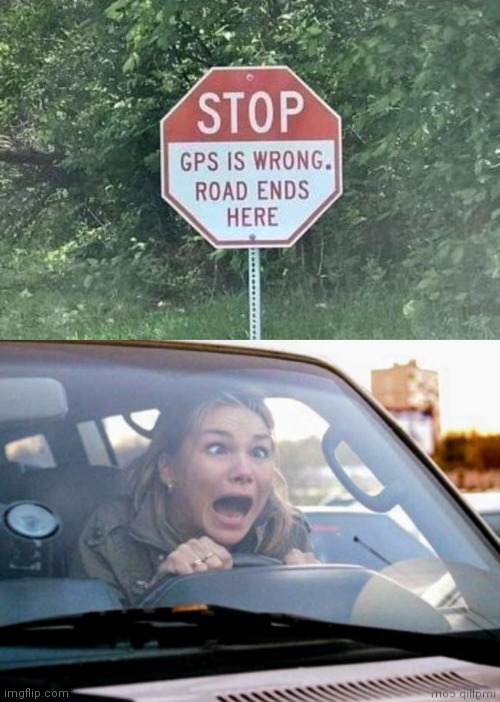
Defensive driving is not just about knowing the rules of the road; it’s also about staying fully aware and engaged while driving. One of the biggest challenges we face is the tendency to operate on “autopilot,” especially on familiar routes. Our minds wander, and this can lead to missing crucial details that keep us safe. To illustrate this point, let’s talk about something as simple as a yield sign.
Autopilot Driving
We often fall into the trap of autopilot driving, where our mind drifts away from the immediate task of navigating the road. This is especially common on familiar roads where we feel comfortable and our surroundings seem routine. However, this complacency can be dangerous. It’s essential to recognize when your mind starts to wander and bring your attention back to driving.
The National Driving Test
A few years ago, a “national driving test” program highlighted how easily we miss details while driving. One of the questions asked viewers to identify the last traffic sign they passed during a simulated drive down a city boulevard. Most participants failed to identify the sign correctly, illustrating how often we look without truly seeing.
Recognizing Hazards
One of the key principles of defensive driving is recognizing hazards before they become immediate threats. This requires staying alert and constantly scanning your environment. For example, if you see a ball rolling across the road, you should immediately anticipate that a child might be chasing it. Similarly, you need to be aware of vehicles on adjacent roads that might not stop at intersections.
Mindful Driving
To improve your driving safety, it’s crucial to connect your mind to your eyes. This means actively thinking about what you see and analyzing potential dangers. Don’t just passively observe your surroundings—engage with them. Look out for traffic signs, road conditions, and other vehicles’ behaviors.
The Yield Sign Question
Earlier, I asked you about the color of a yield sign. Did you think yellow? If so, you’re not alone. Many people still remember yield signs as yellow, even though they haven’t been that color since the early 1970s. Yield signs in the United States have been red and white since then, aligning with international standards. This common misconception highlights how our minds can hold onto outdated information because we don’t pay enough attention to what we see on the road.
Conclusion
The lesson here is that we need to stay vigilant and mindful while driving. Pay attention to traffic signs, road conditions, and the actions of other drivers. Defensive driving is about expecting the unexpected and being prepared to react safely to any situation. Remember, don’t trust that other guy to drive safely—assume he drives just like us, prone to the same lapses in attention and mistakes.
So next time you drive, really look at the yield signs. Notice their red and white color, and let this serve as a reminder to stay aware and engaged with your surroundings. Keep your eyes and mind connected, and always drive defensively.
Stay safe and keep the shiny side up!
